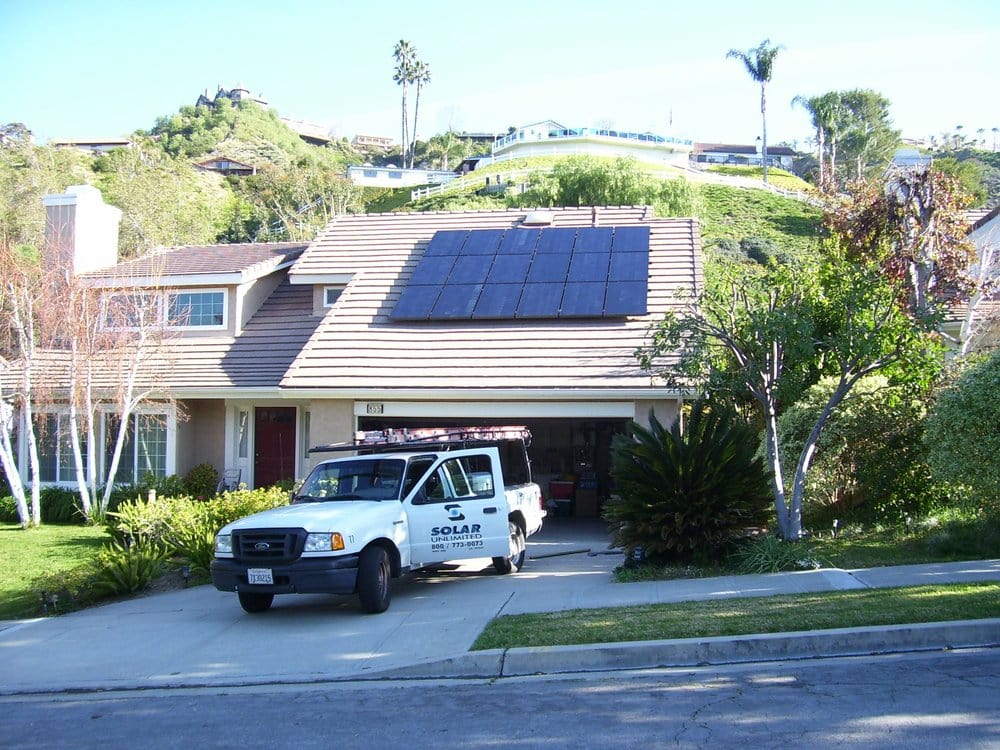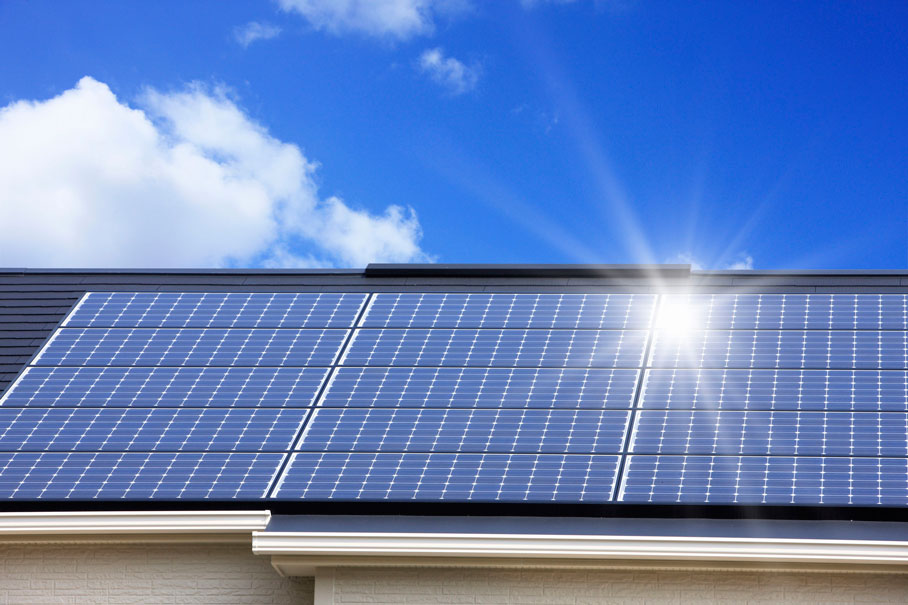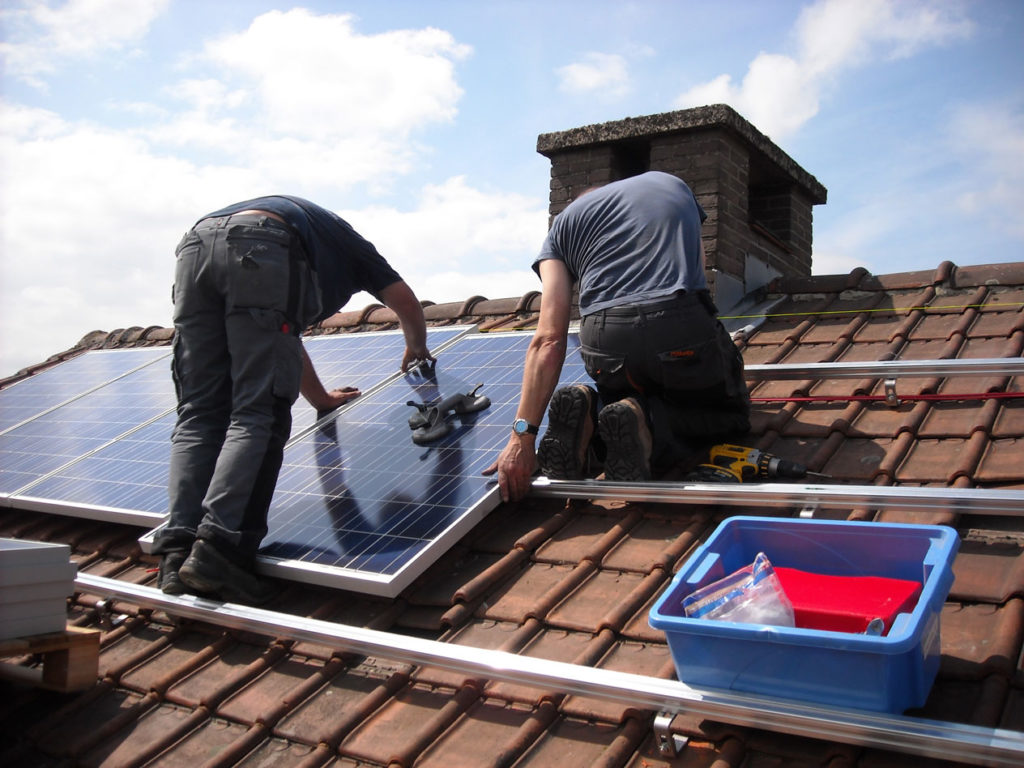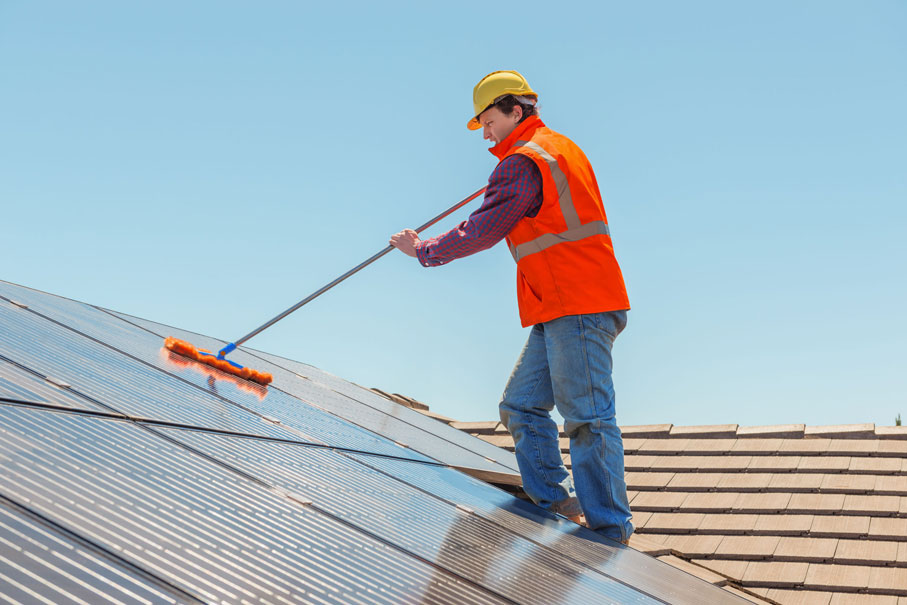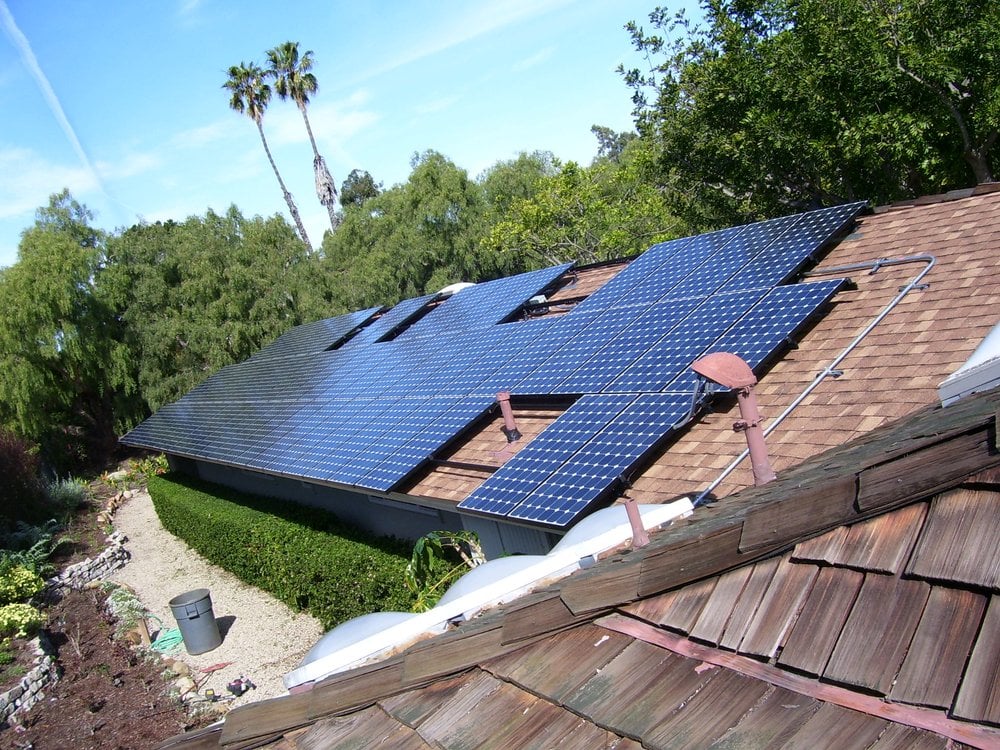Harnessing the power of the sun has been a long-time dream for humankind. As a gigantic nuclear reactor, our sun produces enough light-energy in an hour to power the entire globe. Less than one-half of one percent of energy is produced by solar power in the United States. But that number is beginning to climb rapidly.
Solar technology has vastly improved over the past couple of decades. With improved technology comes lower costs. Together, the breakeven point of purchasing solar power systems has dropped from decades to just a few years. Not sure if solar is right for you? Let’s start with benefits solar power can bring to your home or business.

